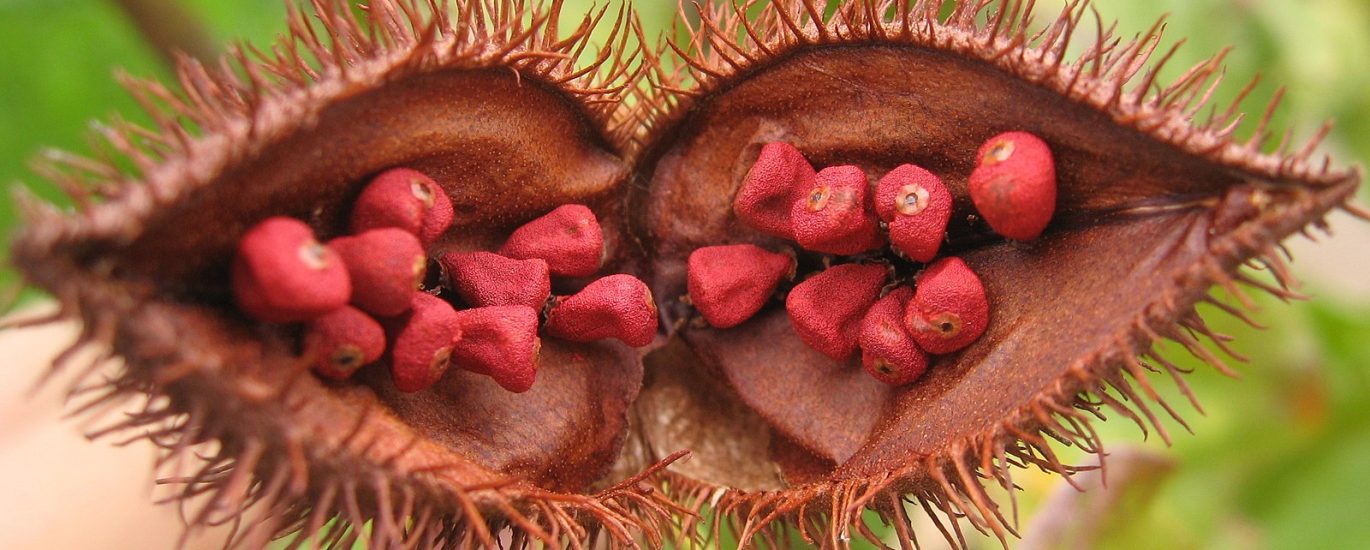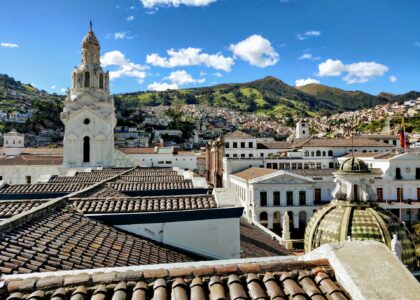Andean healing practices, rooted in centuries-old wisdom, draw from the remarkable diversity of the region’s vegetation. Medicinal plants have played a pivotal role in these practices, offering remedies that have been passed down through generations, and are still heavily used today. These are just a few of the medicinal plants that are commonly used in Andean healing practices:
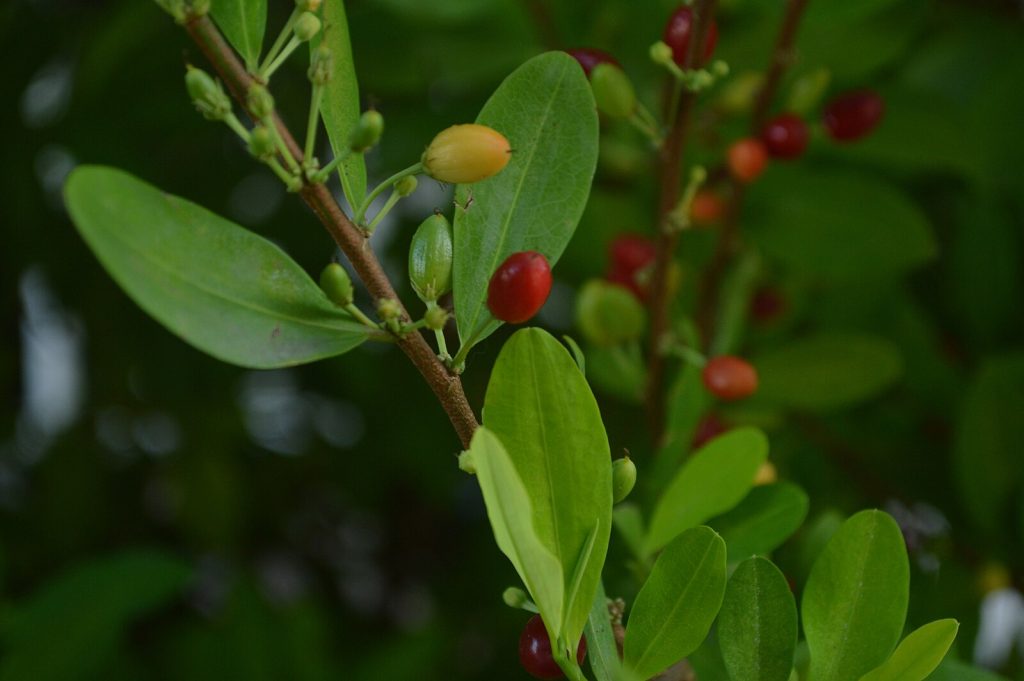
Coca Plant (Erythroxylum coca):
Perhaps the most well-known of Andean plants, the coca plant holds deep significance in Andean cultures. Traditionally used by indigenous people for its stimulant properties and elevation of energy levels, coca leaves have been chewed to combat altitude sickness and fatigue. In Andean healing, coca leaves are also used to facilitate communication with the spiritual world, bridging the gap between the physical and metaphysical realms.
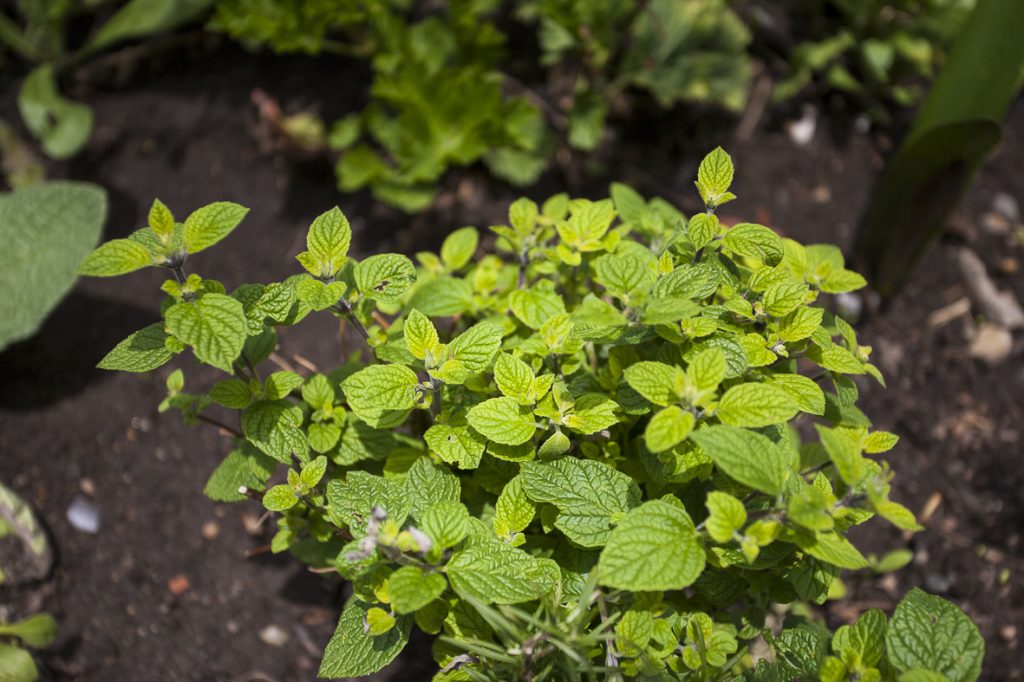
Muña (Minthostachys mollis):
Muña, a fragrant herb that grows abundantly in the Andes, is prized for its soothing and digestive properties. It has been used for centuries to alleviate stomach discomfort, reduce bloating, and relieve symptoms of indigestion. In Andean healing practices, muña is believed to cleanse negative energy and promote emotional balance.
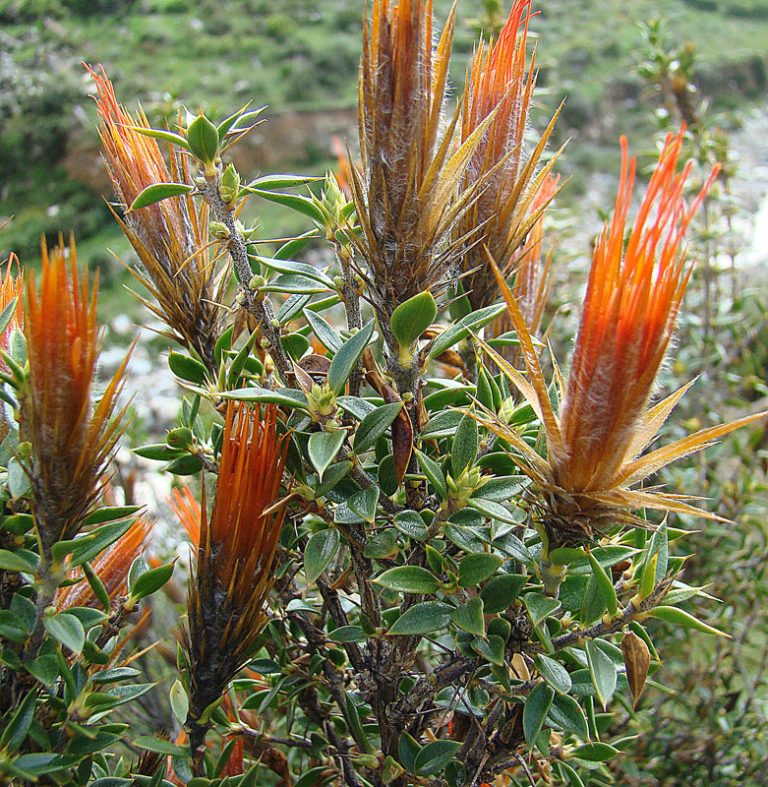
Huamanpinta (Aristeguietia glutinosa):
Huamanpinta, also known as “Andean Viagra,” has been utilized for its aphrodisiac qualities in Andean medicine. This plant is believed to enhance male vitality and sexual performance. Beyond its reputation as a natural remedy for sexual health, huamanpinta is also valued for its anti-inflammatory properties and its potential to alleviate joint pain.
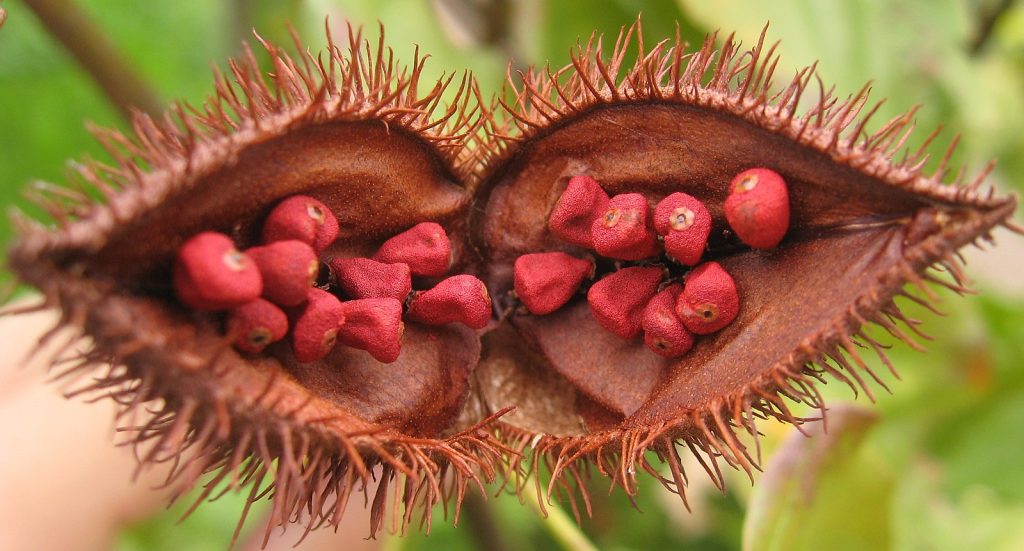
Achiote (Bixa orellana):
Achiote, often referred to as the “lipstick plant” due to its vibrant red seeds, has multifaceted uses in Andean healing. Its seeds are ground into a paste and applied externally to soothe skin irritations and protect against the sun’s harsh rays. Additionally, achiote is known for its antimicrobial properties, making it a popular ingredient in traditional wound healing practices.

Matico (Piper aduncum):
Matico leaves are a staple in Andean herbal medicine for their potent antimicrobial and anti-inflammatory qualities. The leaves are often crushed into a paste and applied topically to wounds, cuts, and insect bites, promoting rapid healing and preventing infections. Matico’s traditional use extends to alleviating respiratory issues and soothing digestive discomfort.
The Andean healing practices have endured the test of time, safeguarding the wisdom of ancestral knowledge and the power of medicinal plants. In these traditions, the connection between nature, spirituality, and physical well-being is celebrated. As modern science continues to explore the benefits of these plants, their significance remains undiminished in the hearts of the Andean people. The legacy of medicinal plants in Andean healing is a testament to the rich relationship between humans and the natural world—a relationship that continues to inspire and heal across generations.
You can explore the Andes while also getting to learn about its rich culture and history by booking a trip with us today!


